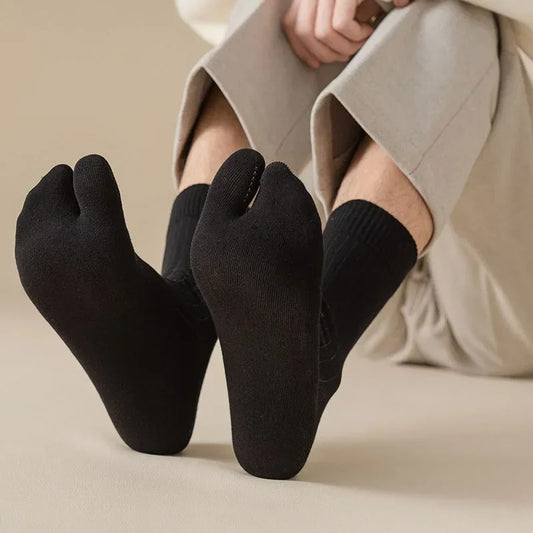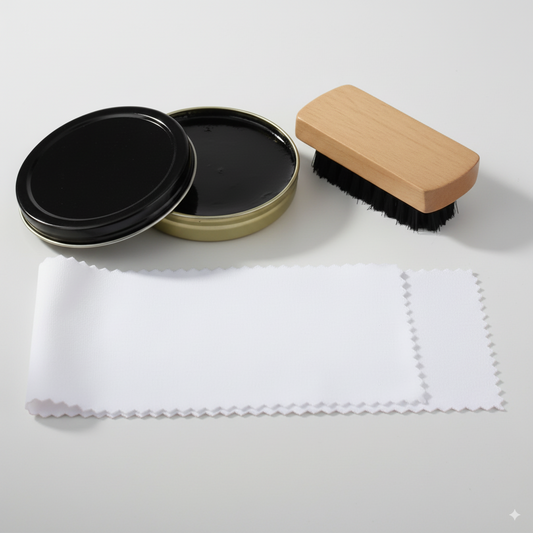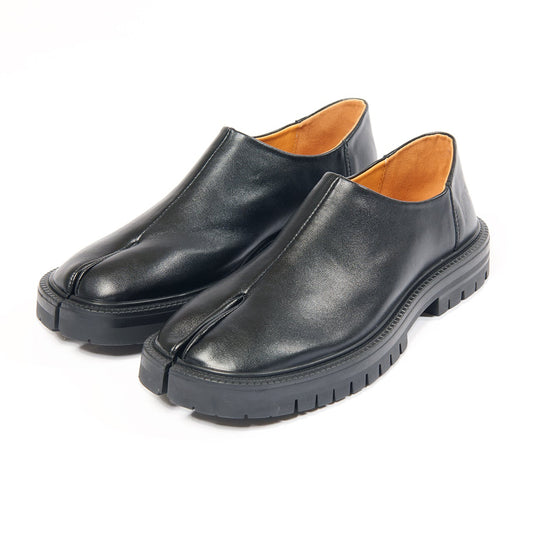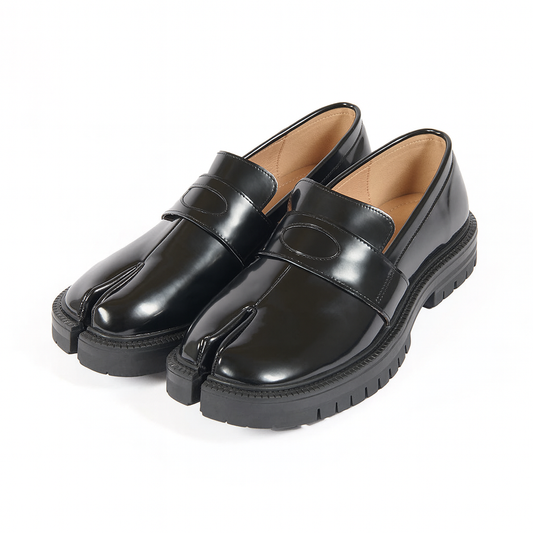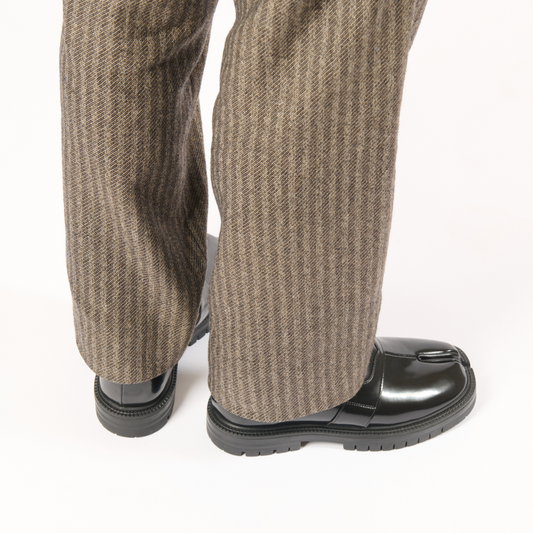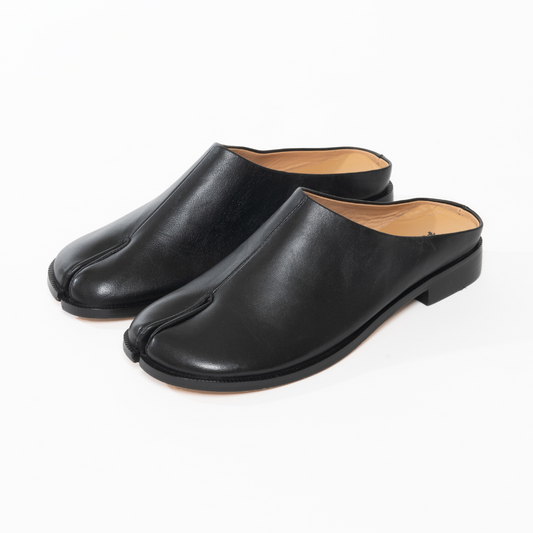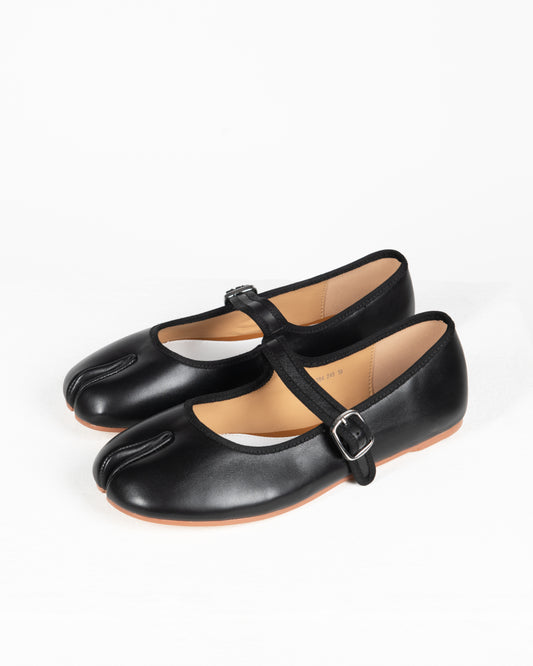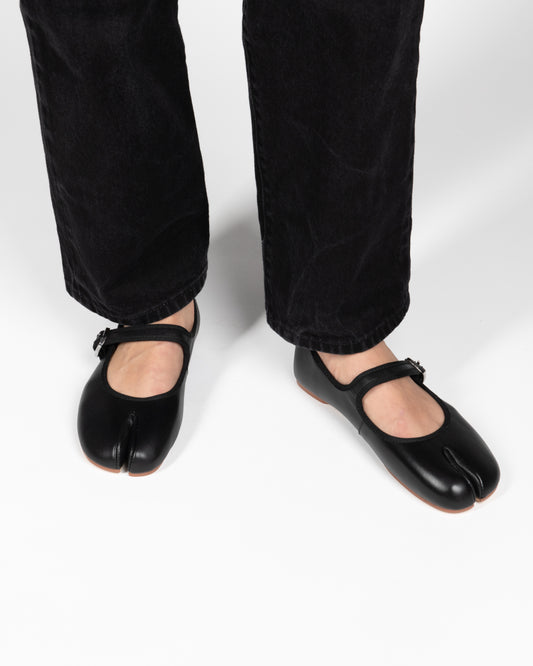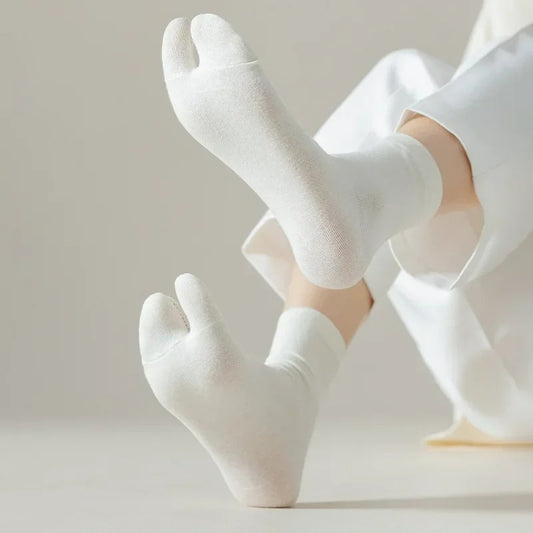Who Invented Tabi?
Tabi are among the most iconic pieces of traditional Japanese clothing. These unique socks, separating the big toe from the others, have crossed centuries—from the first craftsmen of ancient Japan to today’s fashion runways. But who really invented tabi? To answer this question, we need to dive into Japan’s cultural and artisanal history, where tradition, trade, and innovation came together to give birth to this unique accessory.
What Are Tabi?
Definition and main features
Tabi are traditional Japanese socks designed to be worn with sandals such as zōri or geta. Their distinctive feature is the split between the big toe and the other toes, allowing better stability and an optimal fit with the footwear.
Traditionally made of white cotton, tabi were considered a sign of refinement, worn by samurai, nobles, and people of high social standing. Today, they exist in all kinds of colors and styles, suitable for both traditional ceremonies and modern use.
The Origins of Tabi
The first traces in ancient Japan
The earliest references to garments similar to tabi date back to the Heian period (794–1185). At that time, aristocrats wore silk socks that foreshadowed the design of tabi. They served both as protection and as a symbol of social status.
Craftsmen and the first families of makers
Over the centuries, Japanese textile artisans refined the making of tabi. Entire families devoted themselves to their production, especially in Kyoto and Edo (present-day Tokyo). Each pair was handmade, fitted to the size of its owner’s foot, and often considered a luxury item.
These artisans are not known individually, but their collective know-how shaped the first tabi as we know them today.
The influence of trade and imported materials (such as cotton)
The introduction of cotton to Japan, through trade routes with China and Korea, profoundly transformed tabi production. More affordable and practical than silk, cotton allowed tabi to become gradually democratized. They were no longer reserved only for elites, but also accessible to merchants, craftsmen, and townspeople.
The Pioneers and Creators of Modern Tabi
The appearance of jika-tabi and the innovation of Tokujirō Ishibashi (early 20th century)
While traditional tabi have their roots in ancient craftsmanship, their modern version, called jika-tabi (“outdoor tabi”), appeared in the early 20th century.
It was Tokujirō Ishibashi, founder of the Bridgestone company, who had the idea of adapting tabi by adding a rubber sole. Drawing on his expertise in working with rubber (he manufactured tires), he created a durable model, ideal for laborers, farmers, and construction workers.
This innovation transformed tabi into real footwear, combining tradition with modern functionality. Jika-tabi are still used today in certain professions, as they provide excellent grip and great freedom of movement.
From traditional tabi to industrial tabi
With Japan’s industrialization, tabi production gradually left family workshops to be manufactured in factories, enabling mass production and lower costs.
Thus, tabi can be attributed to two main “inventors”:
- The anonymous artisans of ancient Japan, who laid the foundations of this unique footwear.
- Tokujirō Ishibashi, who transformed tabi into an industrial and practical product rooted in modern daily life.
Tabi Today
Today, tabi continue to exist in several forms:
- In traditional culture: still worn during ceremonies, with kimonos, or in artistic practices such as Noh or Kabuki theater.
- In the world of work: jika-tabi remain popular among certain Japanese workers, valued for their comfort and durability.
In contemporary fashion: designers like Maison Margiela or Yohji Yamamoto have reinvented tabi, turning them into avant-garde footwear that appeals to an international audience.
What was once a simple practical garment has become a cultural and aesthetic symbol, capable of crossing centuries and adapting to trends.
Our designs blend tradition and innovation: organic cotton, flexible soles, and designs inspired by Tokyo streetwear.
